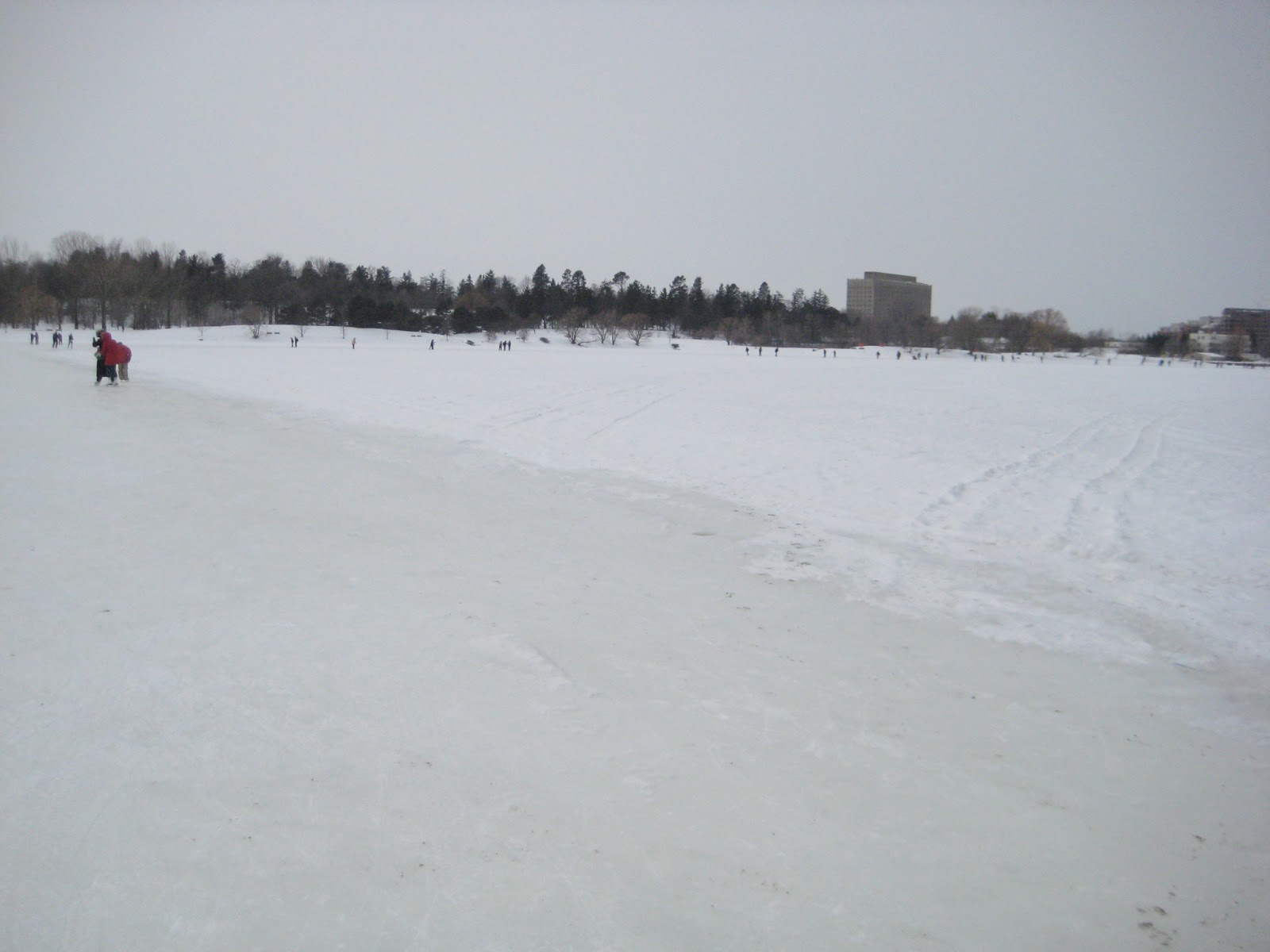But what to put on those wiggly or fun-shaped noodles? Store-bought pasta sauces can be really expensive, and the cheap-o alternatives can be questionably tasteless or full of salt. Blegh.
And you definitely don't want to make fresh sauce each time you want pasta. Even for a big family, that can be a huge headache.
So here's the solution, which is also a family recipe. I'm naming it the Gigantor pot of pasta sauce. It's pretty darn big.
Ingredients
olive oil
2 medium onions, diced
4-6 cloves of garlic, minced (or more if you like extra garlicky sauce!)
2-ish pounds of lean ground beef (or other meat; get whatever's on sale, special, or reduced for quick sale)
2 large jars of plane jane spaghetti sauce (I used ones that are 700mL)
1 tin (540mL) of Lentils
1tsp Marmite*
1 sachet or cube Beef bouillon
3 bay leaves
Ground pepper/sea salt to taste
Instructions
1. Sauté the onions and garlic in a large dollop of oil until soft and translucent
2. Add beef. Attack the beef with a wooden spoon while it cooks, continuously breaking it up and turning it over until there's no pink left.
3. Add the spaghetti sauce, lentils, Marmite, bouillon, and bay leaves. Swirl a little water inside the sauce jars to make sure all the delicious saucy goodness is in your pot.
4. Bring to a boil, then lower the temperature and simmer for 45 minutes. Stir every so often to make sure everything's combining.
5. Add salt and pepper to taste - you may want to add a bit of sugar as well if the tomato taste is too strong. Remove bay leaves.
6. Enjoy!
7. Realize you have REDICULOUS amounts of leftovers, excavate all your freezer containers. Portion out and freeze.
Let's put it this way. When I cooked this two weeks go, I ended up with 6 Tupperware sack pots, and 2 soup containers, in addition to what I was eating. That's roughly 10 individaul servings. For less than $10, since I bought the beef when it was reduced for quick sale. I still have two pots left.
 |
| That's a whole lot of pasta sauce! |
Side note: if you don't feel up to boiling water and making some pasta, this sauce also tastes great on a microwaved baked potato. Cover it with cheddar cheese for some added inexpensive deliciousness.
Side note 2 (18/2/13): I made more sauce today, and added in some bacon and a spare red pepper I had leftover in the fridge. Thrown in whatever you have on hand to bulk it out - don't waste good food!
*Marmite is, in my opinion, disgusting on it's own. It's like salted tar. But it's like magic beef sauce when used with mince.








